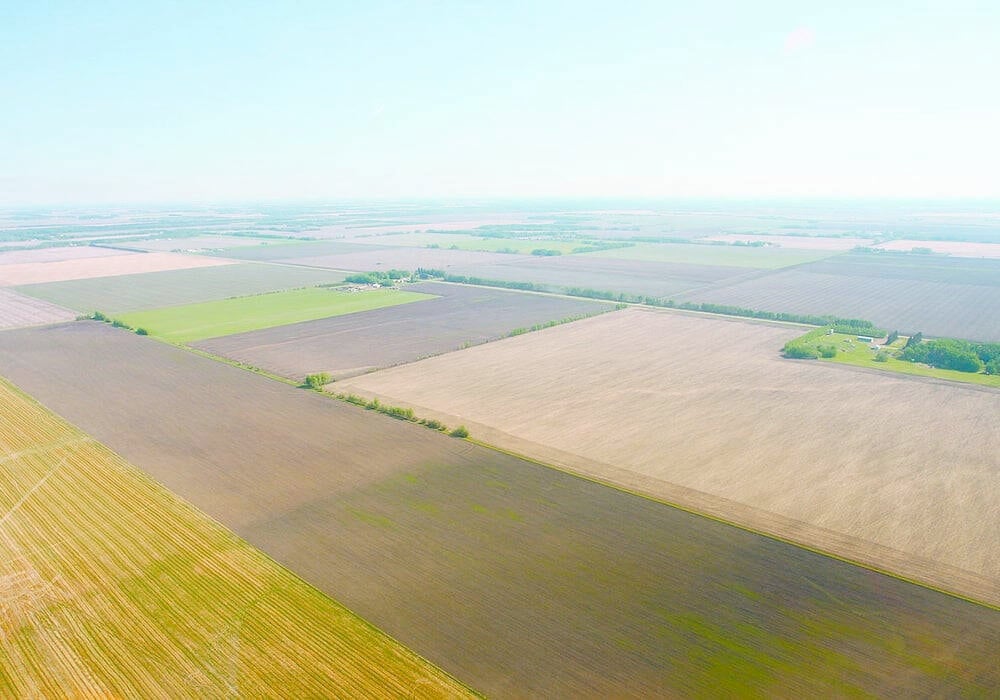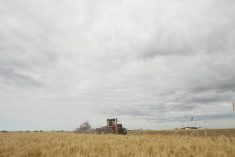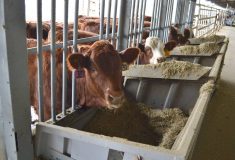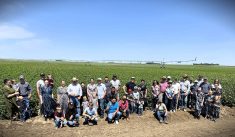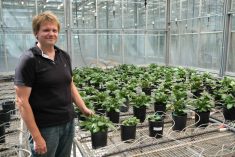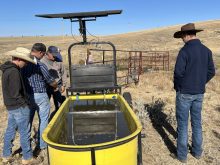Alberta’s northern regions and southern irrigated land led cultivated farmland value growth in Alberta in 2024, with an average gain of 7.1 per cent across the province.
According to FCC’s 2024 Farmland Values Report released March 18, the figure reveals growth from 2023, which saw a 6.5 per cent increase over the previous year. However, it pales next to to Alberta’s 2022 10 per cent upswing.
Land value in the Peace and northern regions grew by 10.5 and 11.2 per cent respectively in spite of lower commodity prices. The average land value per acre in the Peace was $3,100 compared to $4,700 in the non-Peace north.
Read Also
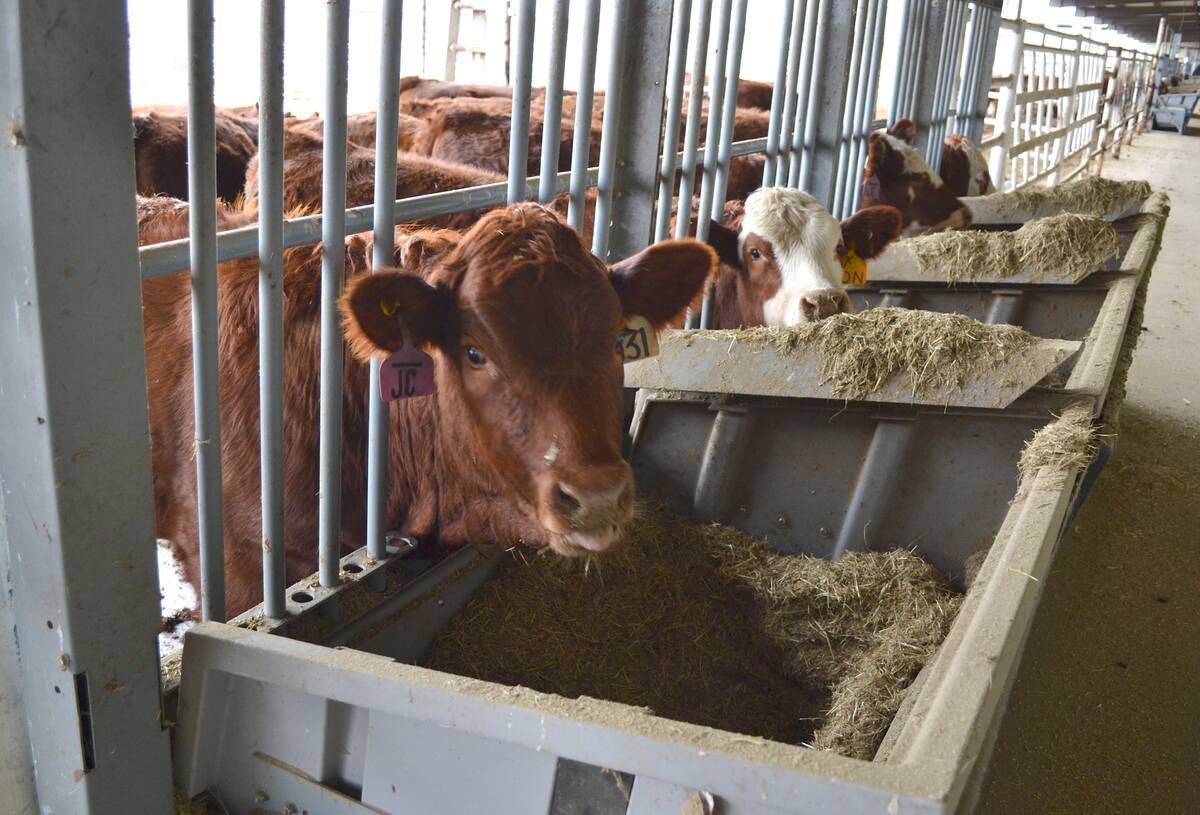
Livestock movement scanner looks for proving ground
The Canadian Cattle Identification Agency (CCIA) will test new technology intended to simplify the recording of animal movements, linked to proposed federal livestock traceability regulations.
Speaking of the Peace, the report suggested a trend.
“Demand for good farmland in the area was high, with few listings on the market. This scarcity exerted upward pressure on prices as buyers were willing to convert pasture to cultivated land to meet their needs.”
Otherwise, growth in the north was particularly driven by large, established producers expanding their operations. However, even some of the low-value areas comprised largely of mixed-use pasture and cultivated land also saw significant growth, read the report.
“Those increases were likely related to elevated cattle values and ranchers investing in expanding their land base. Mixed operations benefited from high cattle prices, which converted to a strong demand for cultivated land.
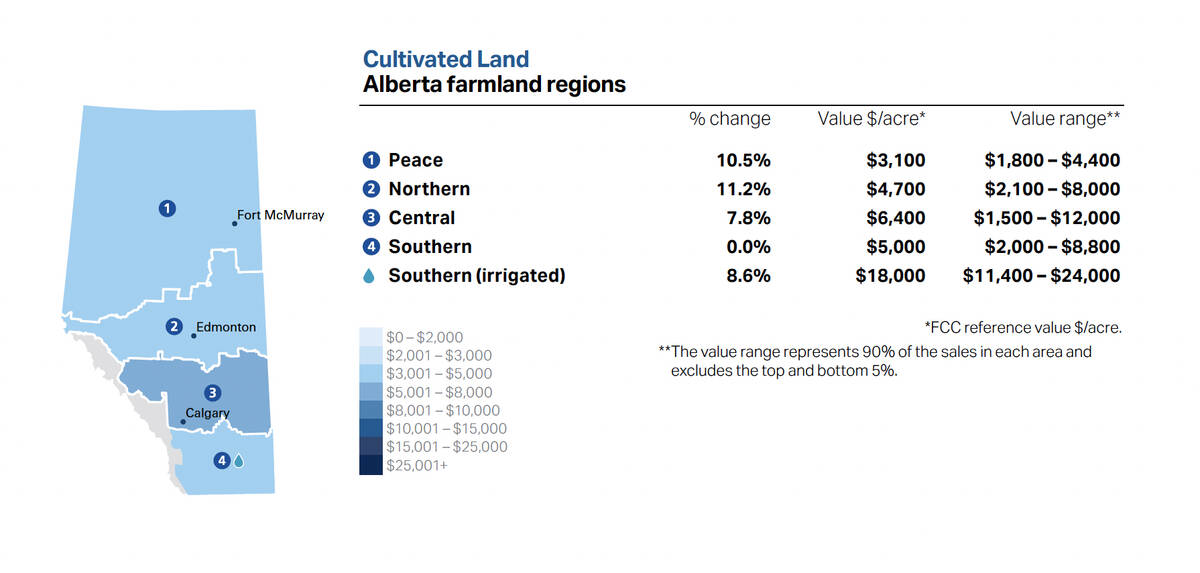
“The average per-acre value in the northern region remained lower than in other areas of the province with mixed operations.”
Meanwhile, values in the south’s irrigation belt grew by 8.6 per cent over last year with a whopping per-acre worth of $18,000, with $24,000 per acre on the high end and $11,400 at the bottom of the range. However, landowners were holding onto their land tightly, said the report.
“Land listings showed some slowdown in certain areas. However, parts of the market still saw new highs and quick sales turn-around. Supply is expected to remain tight
as producers usually keep their existing holdings.”
The non-irrigated south held the line at no value increases over last year and an average value per acre of $5,000. The report called this a sign of a stable market while the gap between irrigated and dryland growth was hardly surprising.
“Sales activity was down slightly from 2023, but the area historically sees fewer sales of cultivated land compared to Alberta’s other regions, with irrigated land being the most desirable land.”
Central Alberta farmland increased in value by 7.8 per cent for an average per acre worth of $6,400.
The report attributed these results to a growing amount of land changing hands through auction services. “Many non-arm’s-length transactions occurred as succession ramped up and retirements increased, similar to many other regions.”
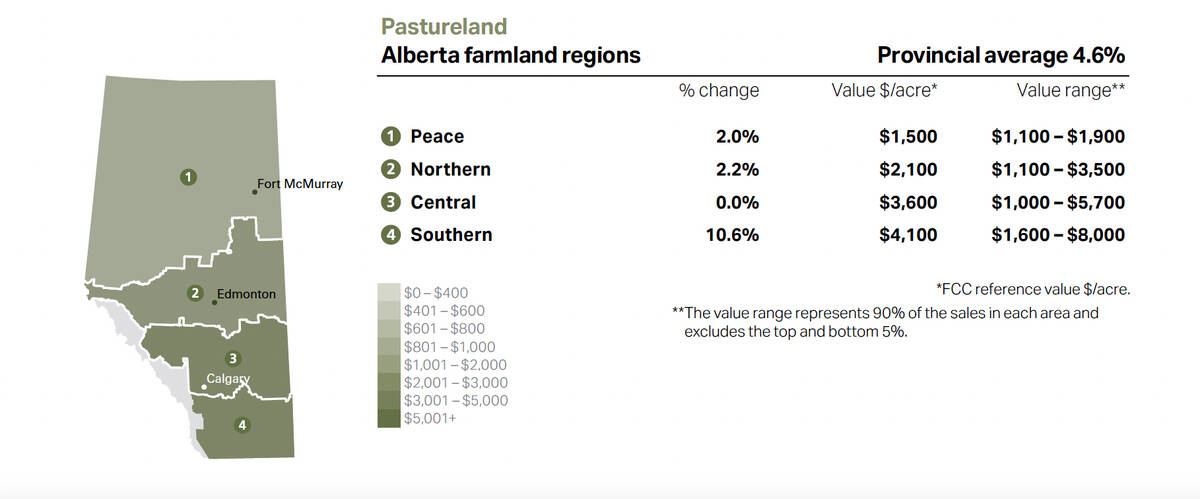
Alberta’s pastureland grew by an average of 4.6 per cent per acre across the province.
The Peace saw a shift of two per cent for an average value per acre of $1,500; the Northern region saw almost identical growth at 2.2 per cent for a value of $2,100.
Central Alberta saw no growth and an average land value of $3,600 per acre, while the south grew by a hearty 10.6 per cent with $4,100 per acre on average.
“Pastureland prices were already elevated in both central and southern Alberta, but a gap has emerged between the values of the two regions, with southern now boasting a $500 premium per acre. Lower interest rates do not seem to have increased activity but could have impacted values, although the full effect is yet to be seen.”


